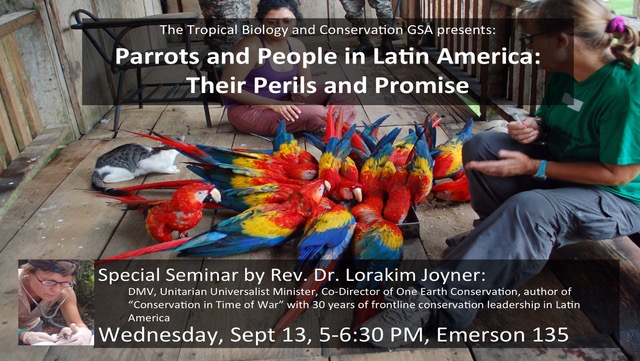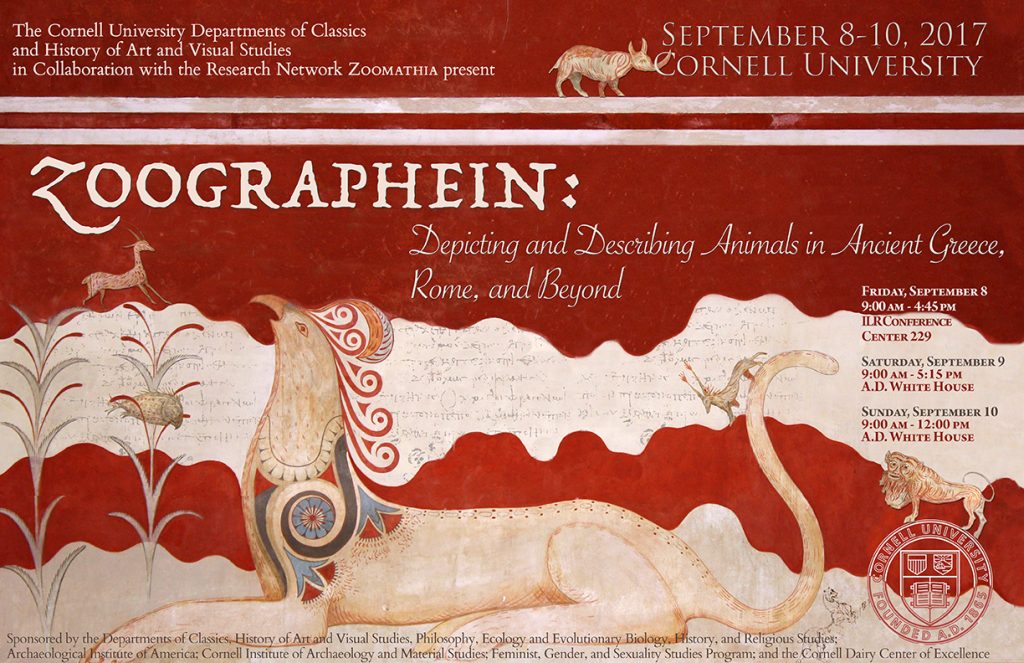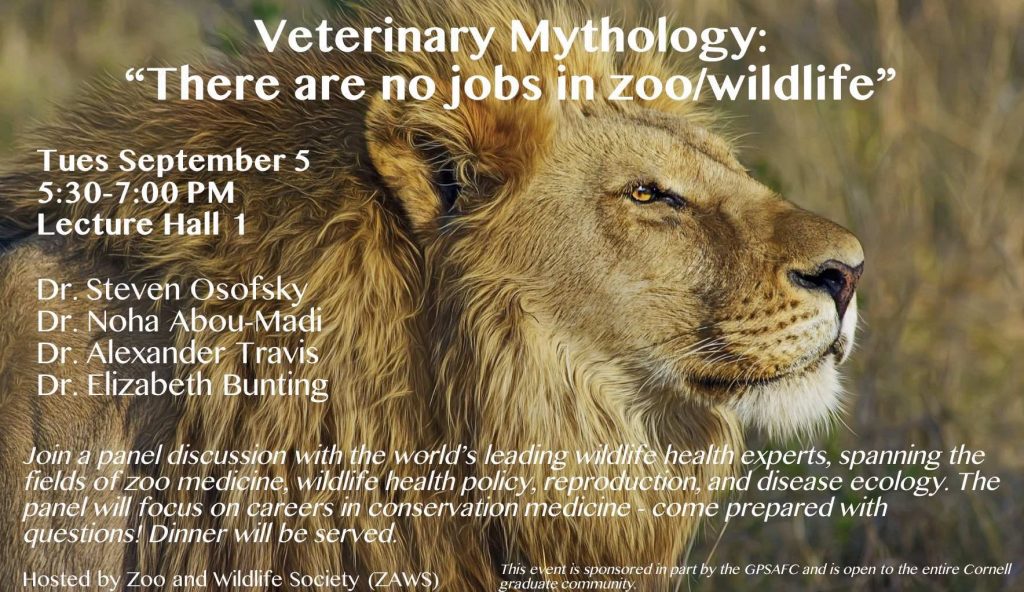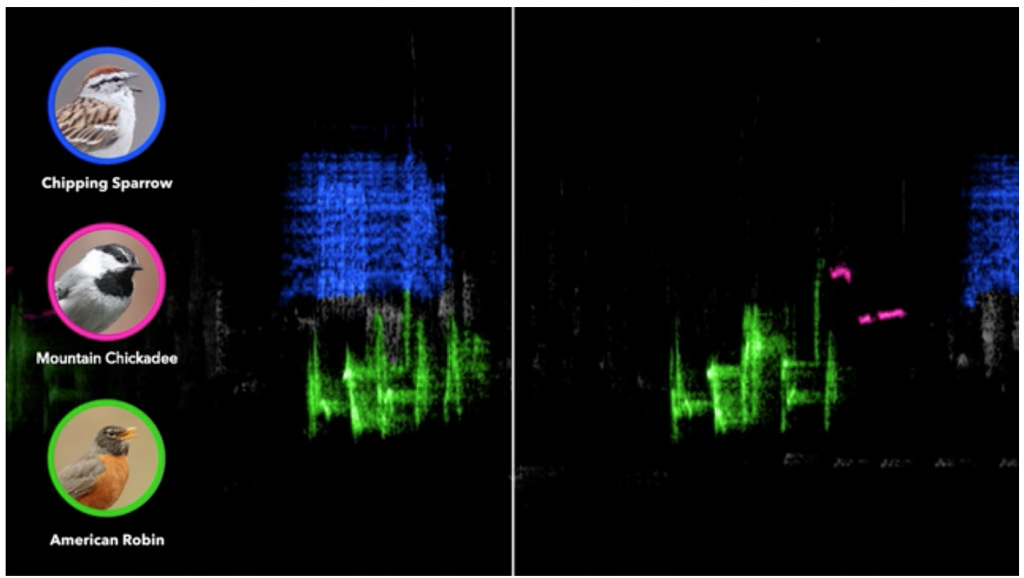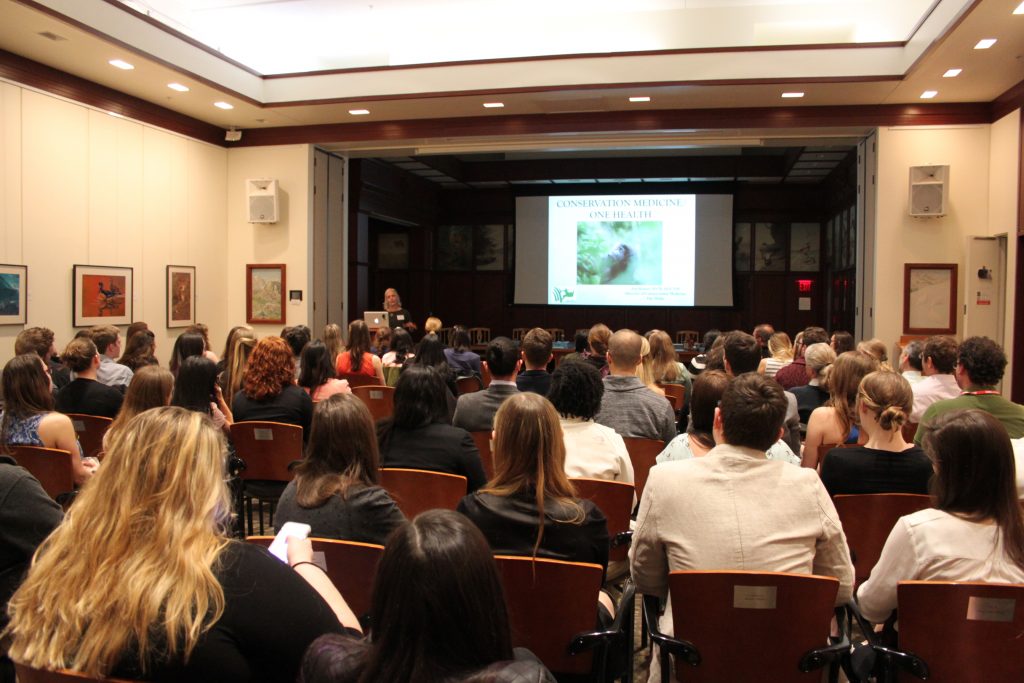
Dr. Jan Ramer giving her keynote lecture on her work with Gorilla Doctors, conservation medicine, and One Health.
Last week, Cornell University College of Veterinary Medicine hosted the biennial Special Species Symposium. Over 100 attendees, including veterinary students, veterinarians and vet school faculty, PhD students, and also members of the general public gathered at Cornell for a weekend of lectures and labs about the biology, medicine, and conservation of “special species.” This year’s theme was climate change, and its impact on animal biology, life history, and survival. The event concluded with a banquet at the Lab of Ornithology, a silent auction, and a talk by Dr. Jan Ramer.
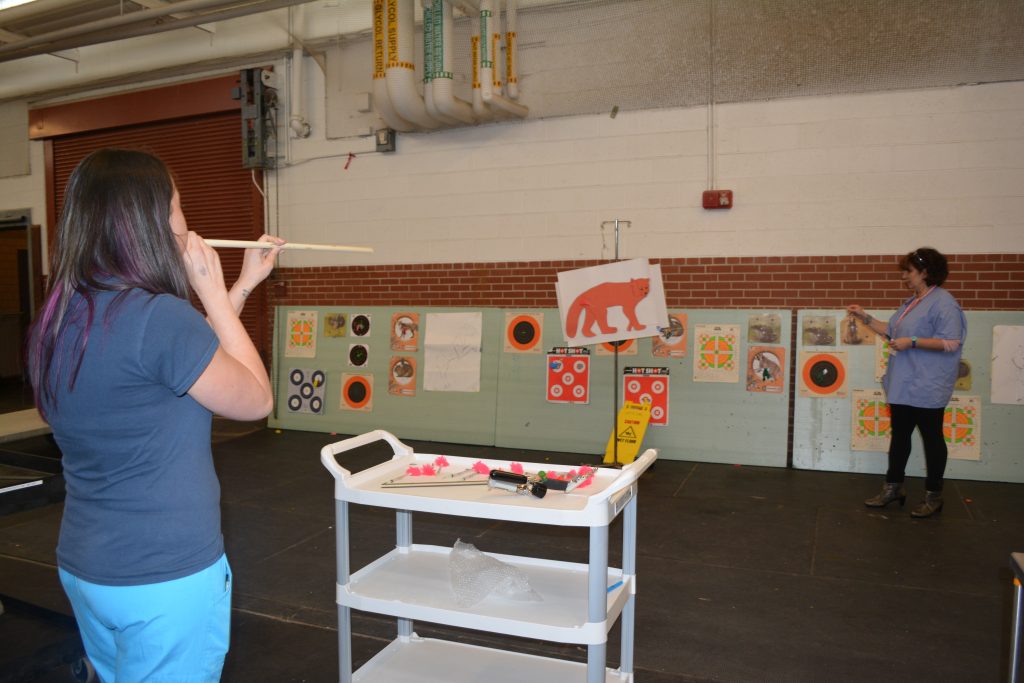
A veterinary student practices darting wildlife for sedation, with Dr. Noha Abou-Madi at the 2017 Special Species Symposium.

Veterinary students at the Lab of Ornithology during the 2017 Special Species Symposium banquet.
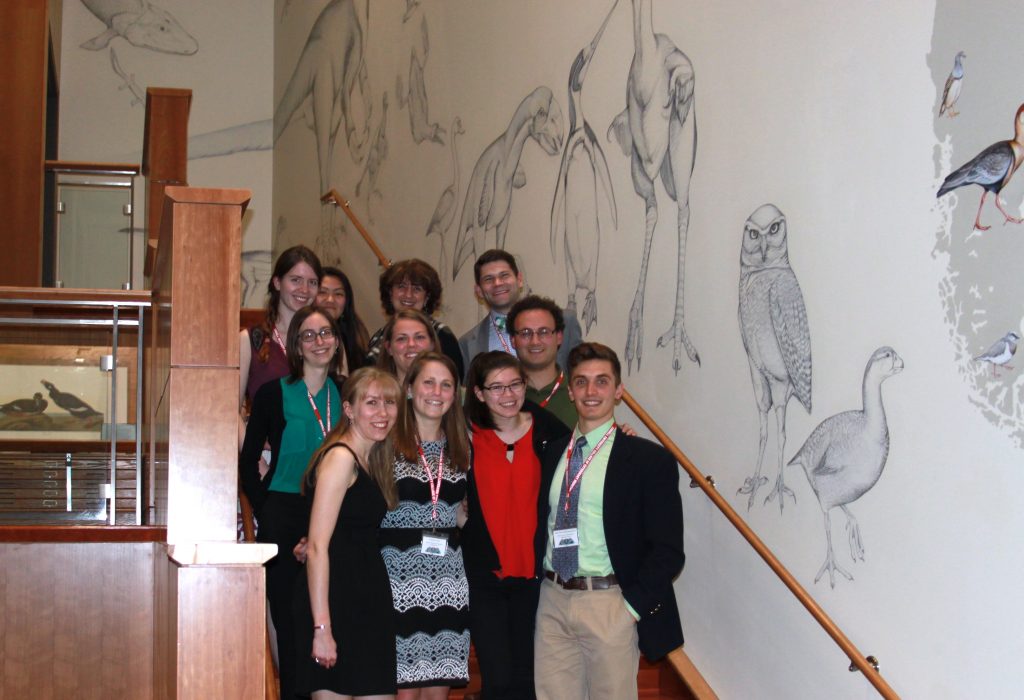
2017 Special Species Symposium organizers. Top row: Erika First, Angela Jin, Dr. Noha Abou-Madi, Will Fugina. Middle Row: Kayla Woodlock, Eden Stark, Jonah Zitsman. Front row: Caitlin Adams, Kristina Ceres, Isabel Jimenez, Zack Dvornicky-Raymond.
Below is a letter written by the 2017 Special Species Symposium Coordinator, DVM/PhD student Kristina Ceres, and Registration Chair Isabel Jimenez:
The Special Species Symposium began in 1991 as the “Zoo and Wildlife Symposium” at Cornell University. The leaders of the Cornell Zoo and Wildlife Society (ZAWS) felt there was a need to supplement the veterinary education with material related to wildlife and exotics so that graduates would be more prepared to work with those species. In second issue of the 1991 Veterinary Viewpoints newspaper, the then president of the Zoo and Wildlife Society, Dr. Karen Kearns ’93 said, “The symposium is our way of providing information that is taught in the veterinary medical curriculum. We also hope that interest in the symposium will show there is a need to increase the number of courses on wild and exotic animals offered in the curriculum”.
The SSS is a student-led and faculty-supported symposium, the goal of which is to supplement our veterinary curriculum and provide students from near and far with the opportunity to learn more about these amazing species. Since 1991, when Dr. Kearns planned the first Special Species Symposium, the Symposium has expanded into a yearly event in partnership with the University of Pennsylvania’s College of Veterinary Medicine. Over the past 26 years, our curriculum at Cornell University has also expanded to include varied coursework and opportunities to explore wildlife, zoo and exotic medicine within the school, hospital, Wildlife Health Center, Wildlife Health Initiative, and abroad through Expanding Horizons and Engaged Cornell.
We chose climate change for the theme for the 2017 Special Species Symposium because we recognize the need for veterinarians to play an important role in helping wildlife, domestic species and humans thrive in a warming climate. Climate change affects all living creatures on Earth; from changing habitats to changing disease transmission patterns, a warming climate provides important and difficult challenges for veterinarians to tackle for years to come. Although the term has become commonplace, climate change is causing very real changes to wildlife and wild spaces, and we want to shed light on what veterinarians and wildlife biologists are doing to intervene. We hope that as the years go on, the SSS will continue to inspire students to pursue careers that involve “special species” and help participants become climate conscious veterinarians.
This symposium would not have been possible without our sponsors, speakers, lab facilitators, volunteers, the previous coordinators of the Special Species Symposium at Cornell University and the University of Pennsylvania, the Cornell Zoo and Wildlife Society executive board, and our wonderful faculty mentor, Dr. Abou-Madi. Thank you for joining us this weekend to celebrate Earth Day, conservation, and a bright future for our planet.
Sincerely,
Kristina Ceres
2017 Special Species Symposium Coordinator
DVM/PhD Candidate, Cornell University
Isabel Jimenez
2017 Special Species Symposium Registration Chair
DVM Candidate Class of 2019, Cornell University

